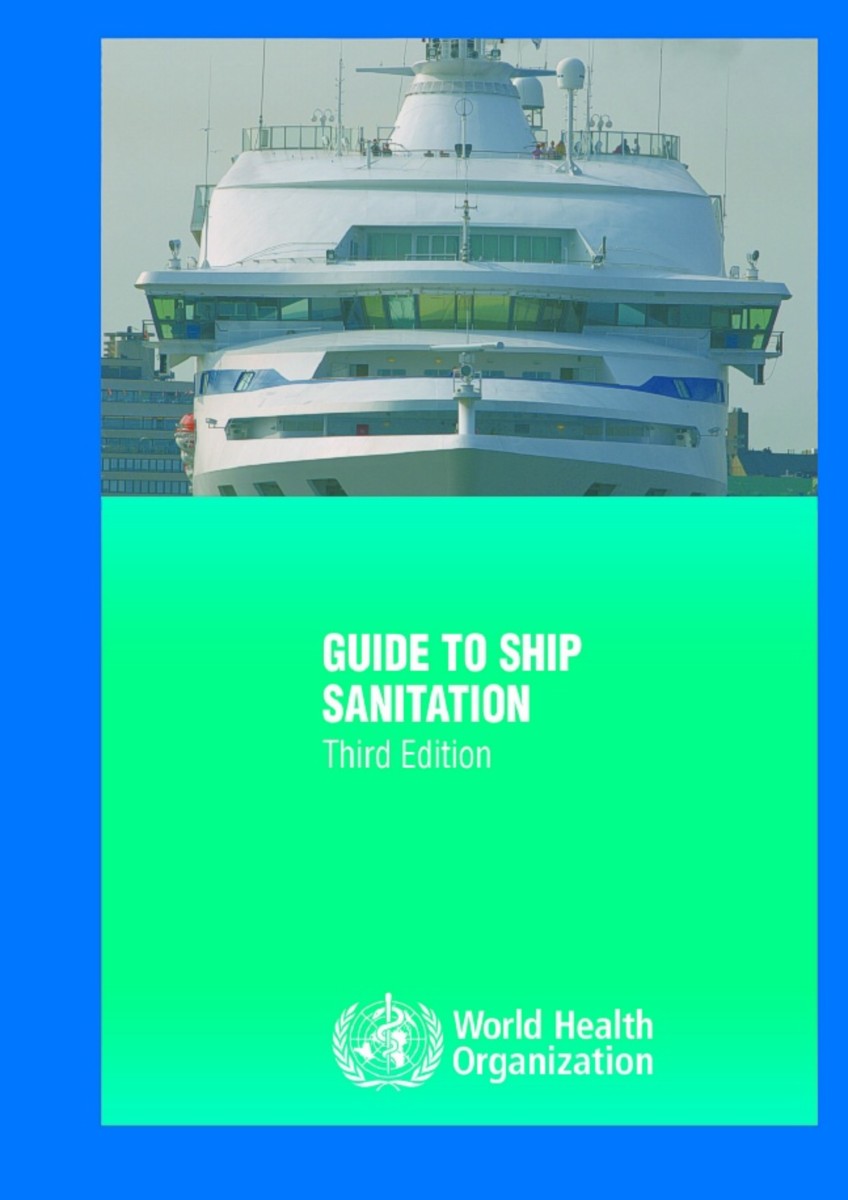Guide to Ship Sanitation Edition 3
- Publisher
World Health Organization - Published
24th June 2011 - ISBN 9789241546690
- Language English
- Pages 119 pp.
- Size 6.25" x 9.25"
The WHO Guide to Ship Sanitation is referenced in the International Health Regulations and has become the official global reference on health requirements for ship construction and operation. Its purpose is to standardize the sanitary measures taken in ships, to safeguard the health of travellers and workers and to prevent the spread of infection from one country to another. The Guide was first published in 1967 and amended in 1987.
This revised 3rd edition of the Guide has been prepared to reflect the changes in construction, design and size of ships since the 1960s and the existence of new diseases (e.g. Legionnaires' disease) that were not foreseen when the 1967 Guide was published.
The Guide is divided into several chapters such as the introduction, water safety, food safety, recreational water environments, ballast water and waste disposal, Legionnaires disease, persistent infectious agents and disease vectors. Each chapter consists of two main sections, "Background" and "Guidelines". The “Background” section describes critical issues and supporting health evidence applicable to the specific topic of the chapter. The “Guidelines” section in each chapter of the Guide provides user-targeted information and guidance applicable to the topic of the chapter, identifying responsibilities and providing examples of practices that can control public health risks, highlighting the most important aspects that need to be considered when setting priorities for action.
World Health Organization
World Health Organization is a Specialized Agency of the United Nations, charged to act as the world's directing and coordinating authority on questions of human health. It is responsible for providing leadership on global health matters, shaping the health research agenda, setting norms and standards, articulating evidence-based policy options, providing technical support to countries, and monitoring and assessing health trends.


